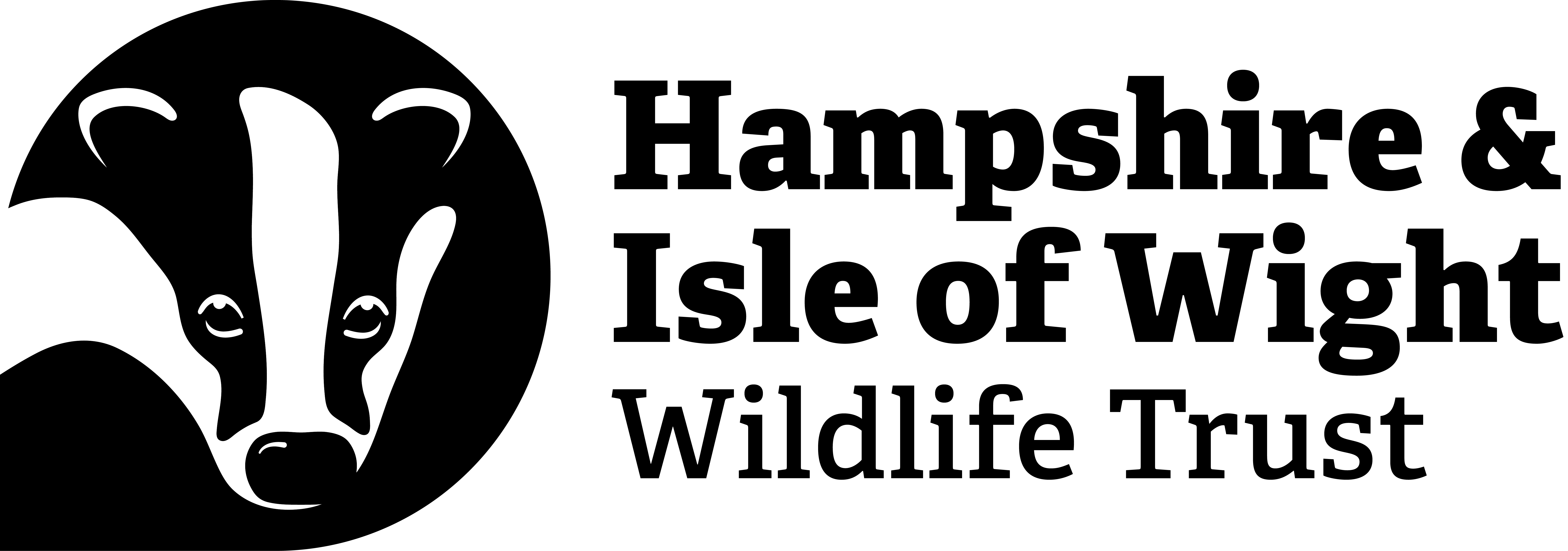Why wetlands matter
Wetlands are some of the most biodiverse ecosystems on the planet. They provide a sanctuary for countless species, act as natural flood defences, and play a crucial role in water purification. However, across the UK and beyond, wetlands have been significantly reduced due to land use, drainage, development, and climate change. Restoring and protecting these ecosystems is critical for both nature and people.
Restoring the Eastern Yar
Our nature reserves on the Eastern Yar River have undergone major restoration efforts over the past year, with work culminating in September 2024. As part of this ambitious project, our team removed small sections of raised riverbanks, allowing the river to reconnect with the surrounding floodplain. This project is helping to restore the natural hydrology of the area, improving flood storage capacity and helping to mitigate flash floods, which are becoming more frequent due to climate change.
In addition, we have created new wetland features, such as ponds and scrapes, on our reserves. These features help to re-wet drained areas, encouraging the return of diverse wetland plant life and providing crucial habitat for wildlife.





